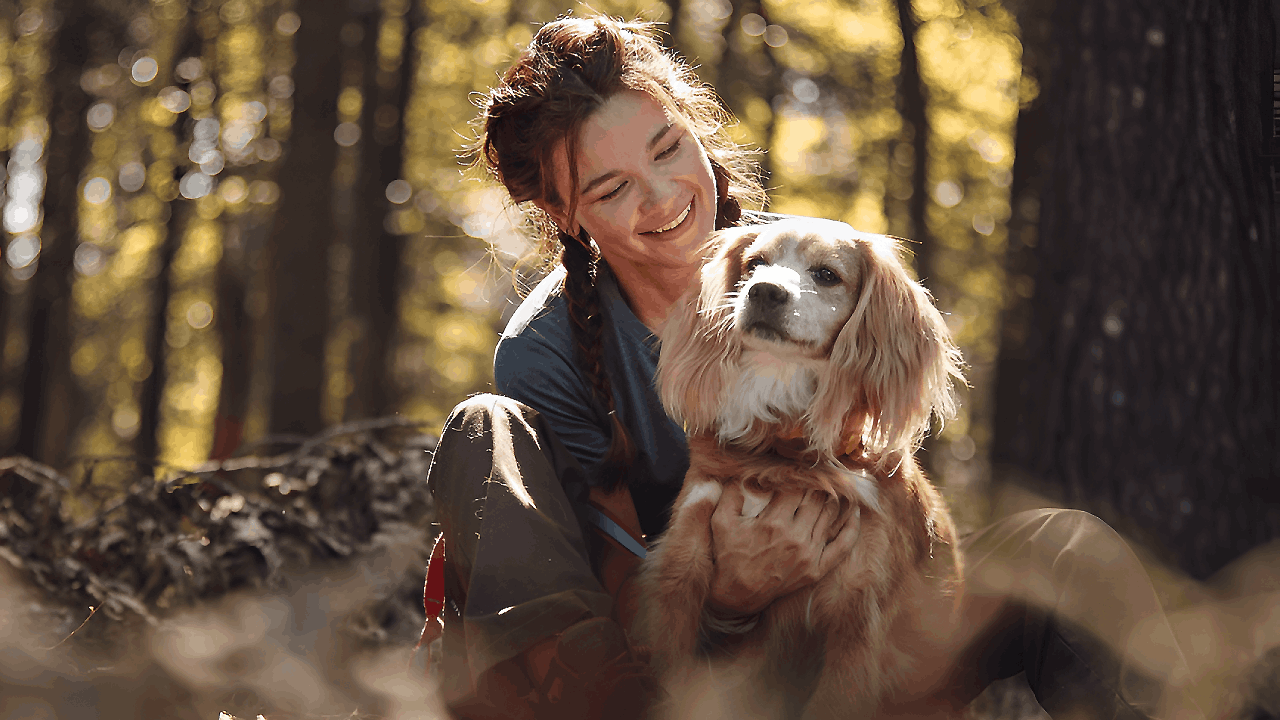
Countless scientific studies confirm that sharing life with a dog can profoundly enhance well-being, brighten daily moods, and foster healthier routines. Simple routines like walking, snuggling, and sharing playful moments are a great way to make sure your pup is always happy and healthy.
These are some of the best signs to see whether or not your dog is living their best life.
1. A Wagging, High Tail
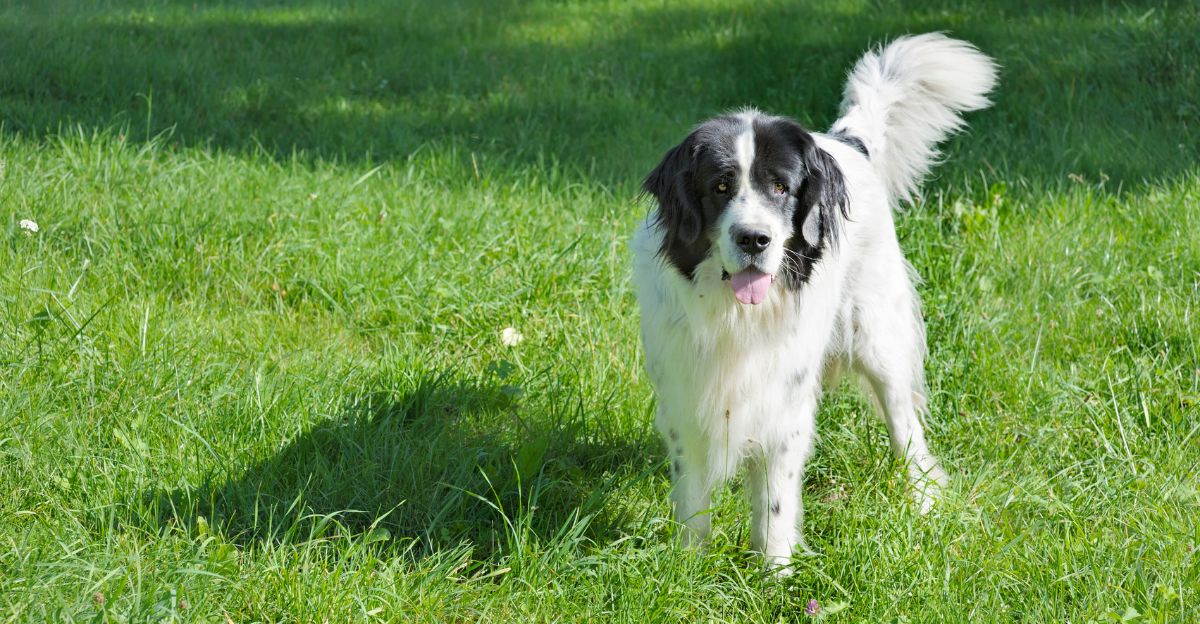
A dog’s tail can tell you a lot about how it’s feeling. When a dog’s tail is up high and wagging in big, sweeping motions, that’s usually a clear sign of happiness and excitement. But it’s not just about any wag. Truly happy dogs often move their whole bodies with each wag, not just the tail.
According to researchers, the direction, speed, and position of the tail matter, right-sided, fast tail wags often signal joy, while slow wags or tails held low may signal worry or nervousness.
2. Soft, Relaxed Ears
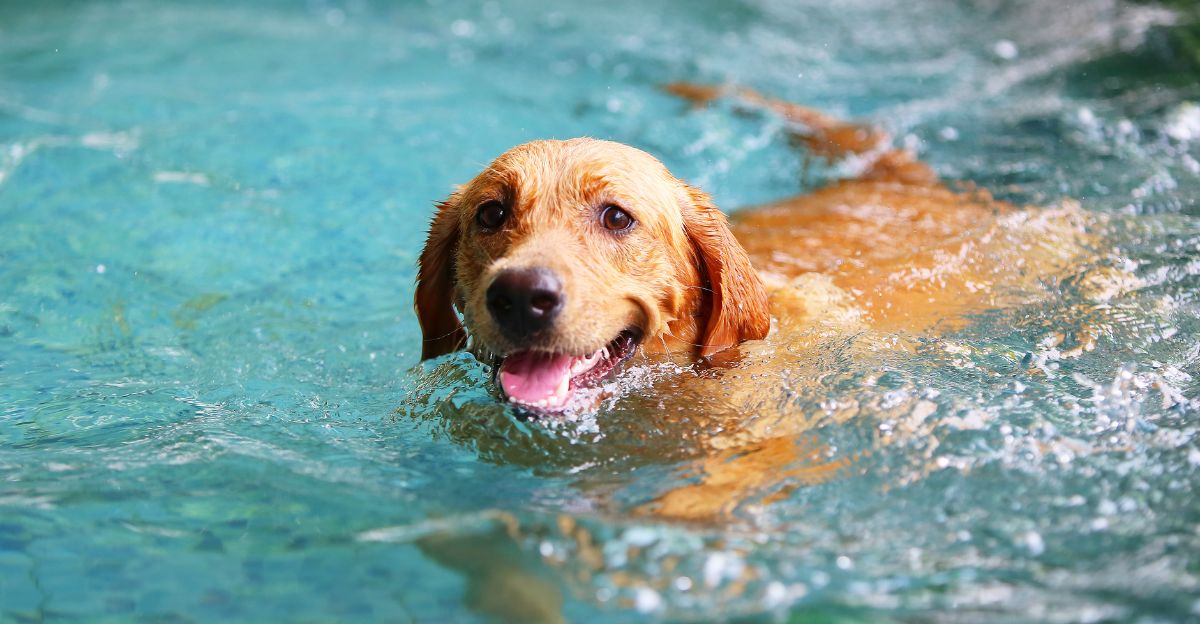
A dog’s ears are like little mood indicators. When a dog feels good and safe, its ears will look soft, floppy, or just naturally relaxed, depending on the breed. Ears that suddenly perk up show the dog is curious or alert.
Flattened or pinned-back ears, however, can mean fear, anxiety, or stress. Soft, neutral ears, neither sticking up nor glued back, are a simple way to spot a calm, happy dog.
3. Bright, Gentle Eyes
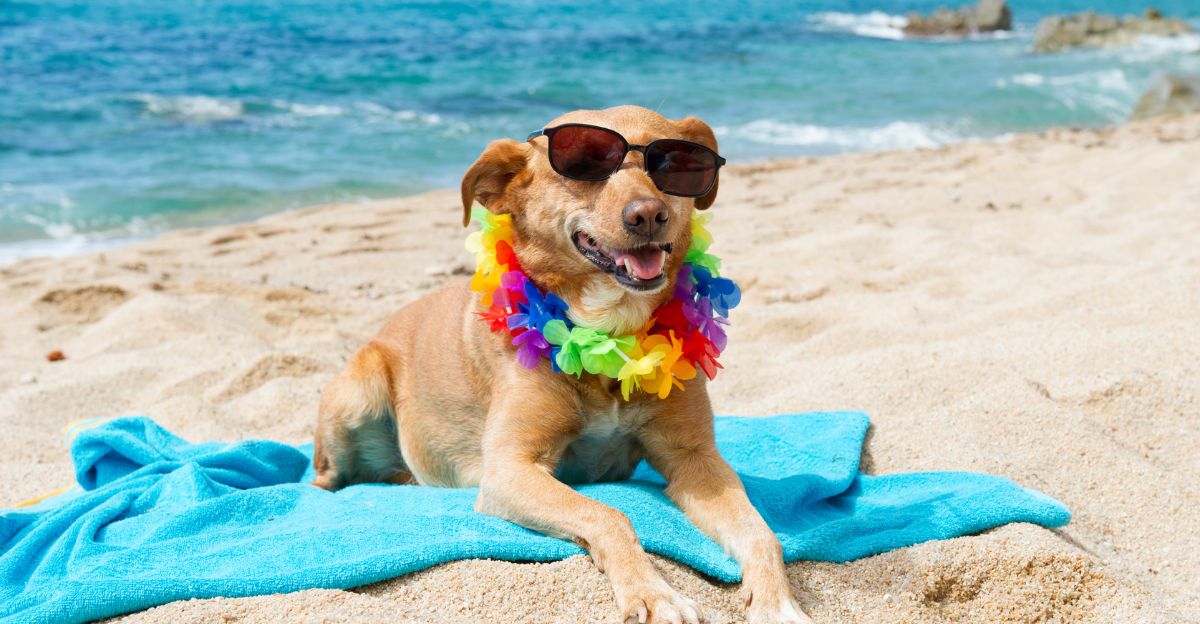
Dogs’ eyes can show you right away how they’re feeling. Happy dogs have eyes that look soft, bright, and relaxed. They might squint a bit or give you gentle, meaningful blinks.
These looks show affection and comfort with their surroundings. If you ever see hard stares or a furrowed brow, your dog might be worried or even a little on edge.
4. The Play Bow
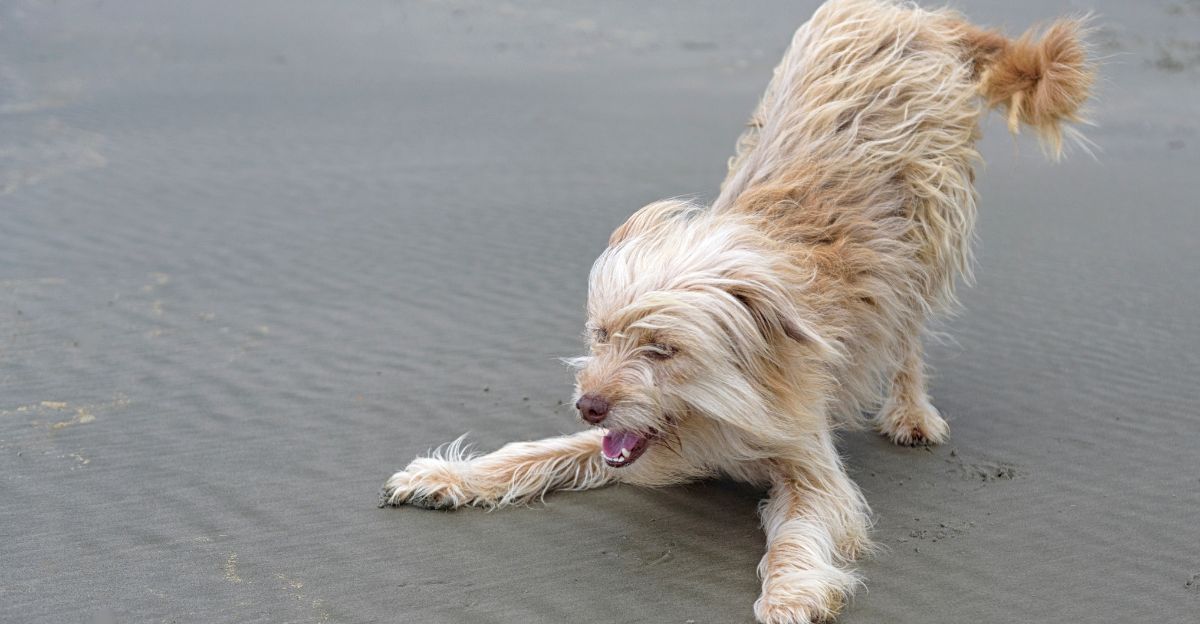
Ever seen a dog lower its front end to the ground and keep its rear up? That’s called a play bow, and it’s one of the clearest ways a dog invites you or another dog to play. This move means your dog feels safe, happy, and ready for some fun.
Dogs often combine a play bow with wagging tails and bright eyes. Joining in when your dog does this strengthens the bond and reminds your pet that playtime is always a joyful event.
5. Loose, Wiggly Body Language
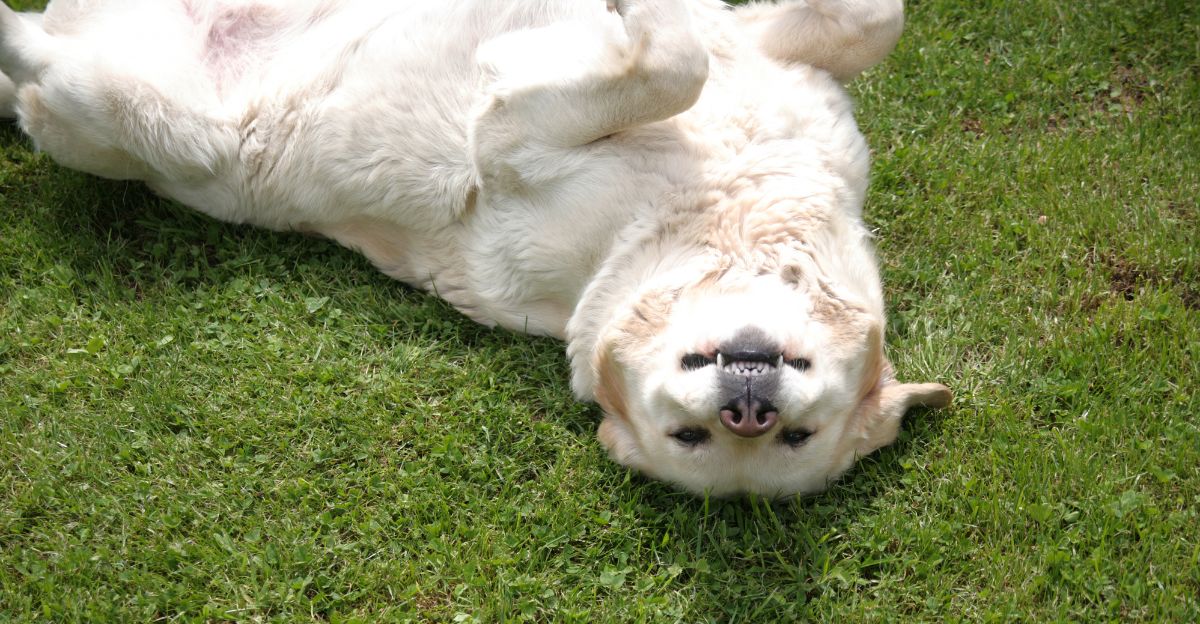
A happy dog often looks loose and silly, moving with wiggly motions and relaxed muscles. Picture a dog bouncing around the room or flopping over for a belly rub, that’s pure happiness!
If a dog’s body is tense, rigid, or stiff, it could be stressed or uncomfortable. These silly, wiggly movements mean your dog feels safe and content.
6. Frequent, Playful Movements
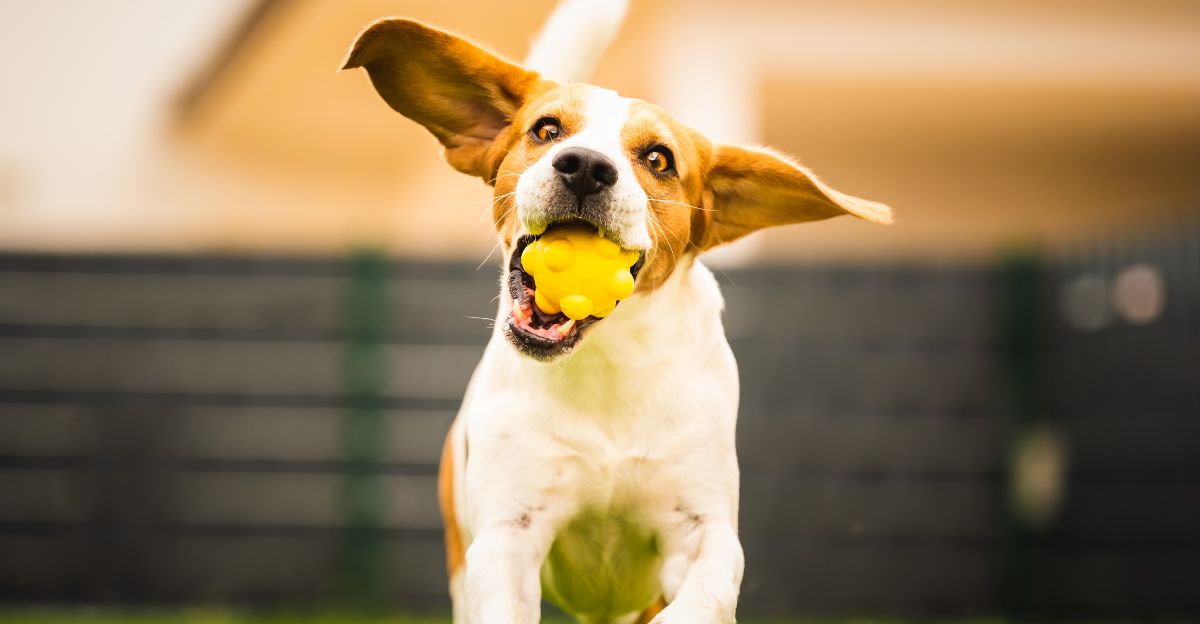
Play is the heartbeat of a happy dog’s day. When dogs are happy, they’re playful, they fetch toys, race around the house, or do goofy little dances. Regular play isn’t just fun, it’s also vital for a dog’s emotional well-being.
When you see your dog springing to grab a favorite toy or jumping eagerly, that’s excitement and happiness on full display. Play is also contagious. When the dog brings you a toy or shows off a funny zoomie, it’s as much an invitation to connect as it is a sign of joy.
7. Happy Smiles
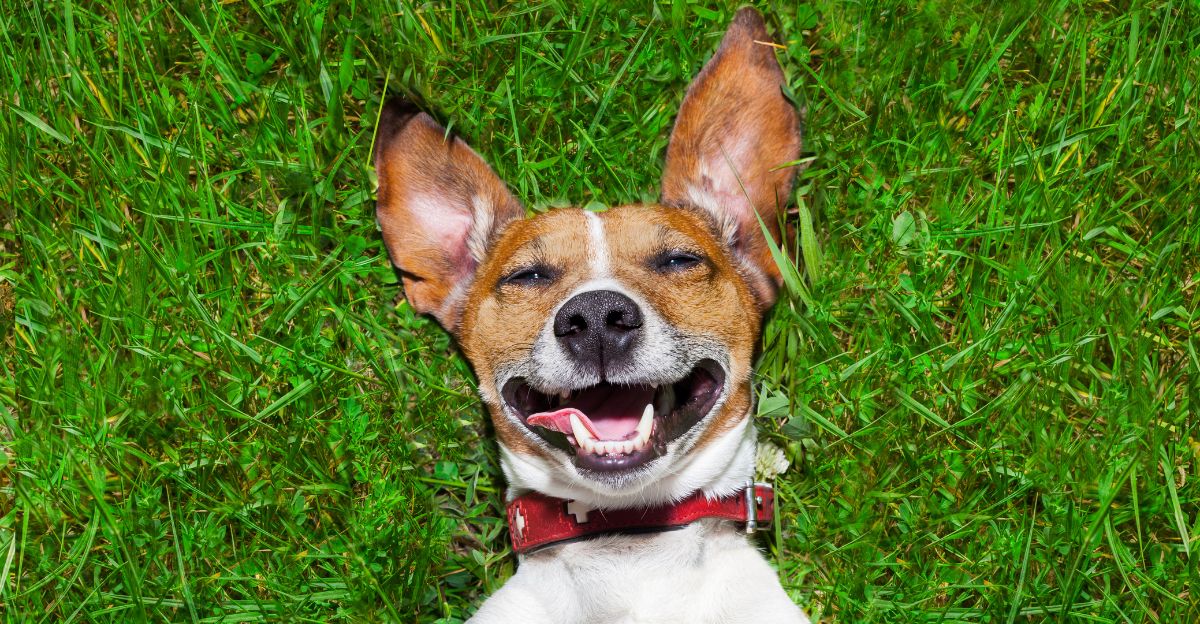
Sometimes dogs look like they’re smiling. This look, a gentle, open mouth, sometimes with the tongue hanging out, and a relaxed face, is another sign of happiness.
Not every open mouth is a smile, panting because of heat or worry might look the same, but the difference is in the body language around it. Calm breathing and easy sounds (like gentle little sighs) add to this sense of peace and happiness.
8. Happy, High-Pitched Barks
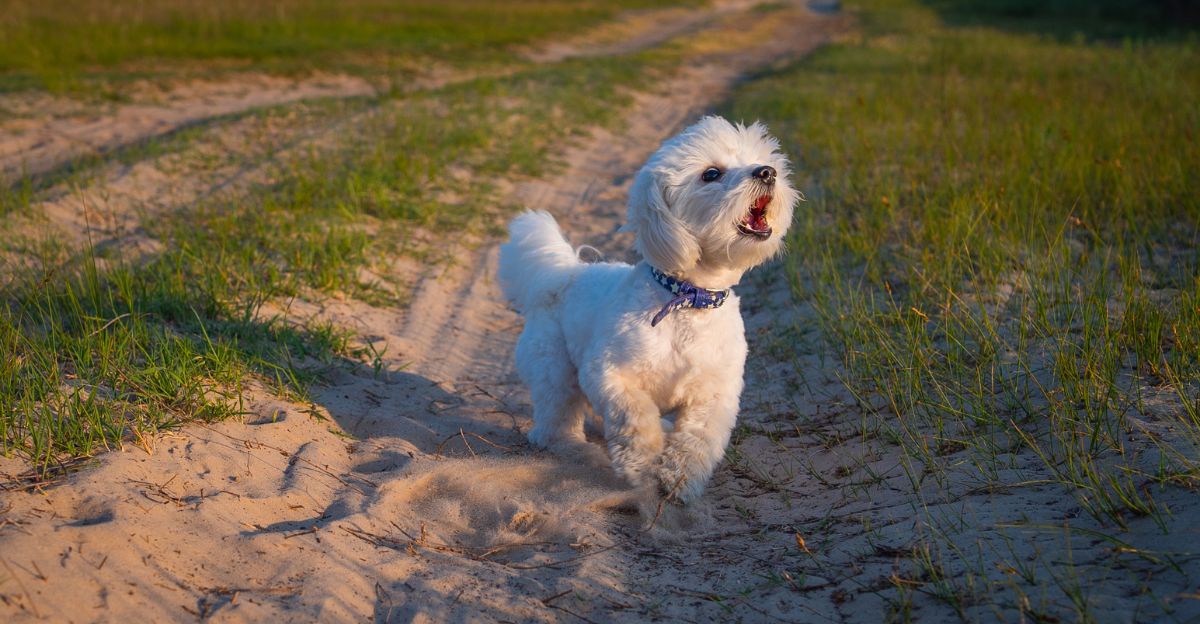
Not all barks mean trouble. Happy dogs often greet people or other dogs with short, high-pitched barks or even playful howls. These happy sounds are usually quick and are almost always accompanied by other cheerful body signs, like wagging tails and playful postures.
So, the next time you hear a cheerful bark along with other playful signals, it’s safe to assume your pup is having a great time.
9. Enjoyment of Walks and Routines
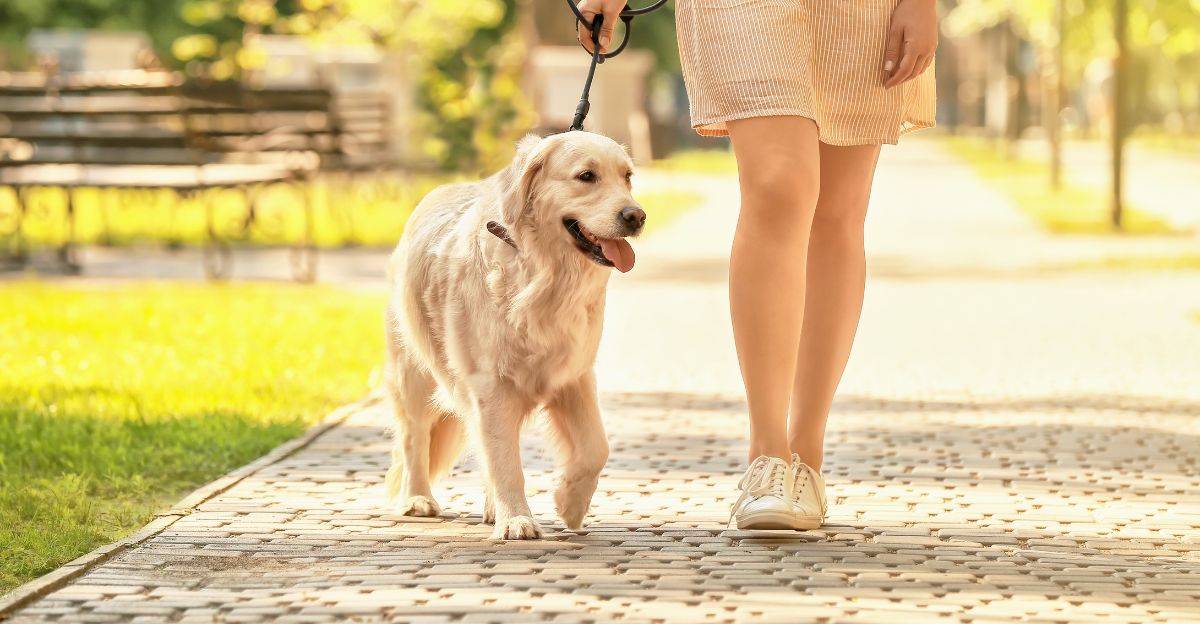
Dogs thrive on routines, and nothing gets most dogs as excited as a daily walk or car ride. Watching a dog spin, bounce, or dance before going out speaks volumes about how much these routines mean.
A happy dog will look forward to walks, play sessions, and other shared activities with clear enthusiasm. If a dog suddenly loses interest in a cherished routine, it could be a sign that something’s wrong and might warrant a vet check.
10. Healthy Appetite
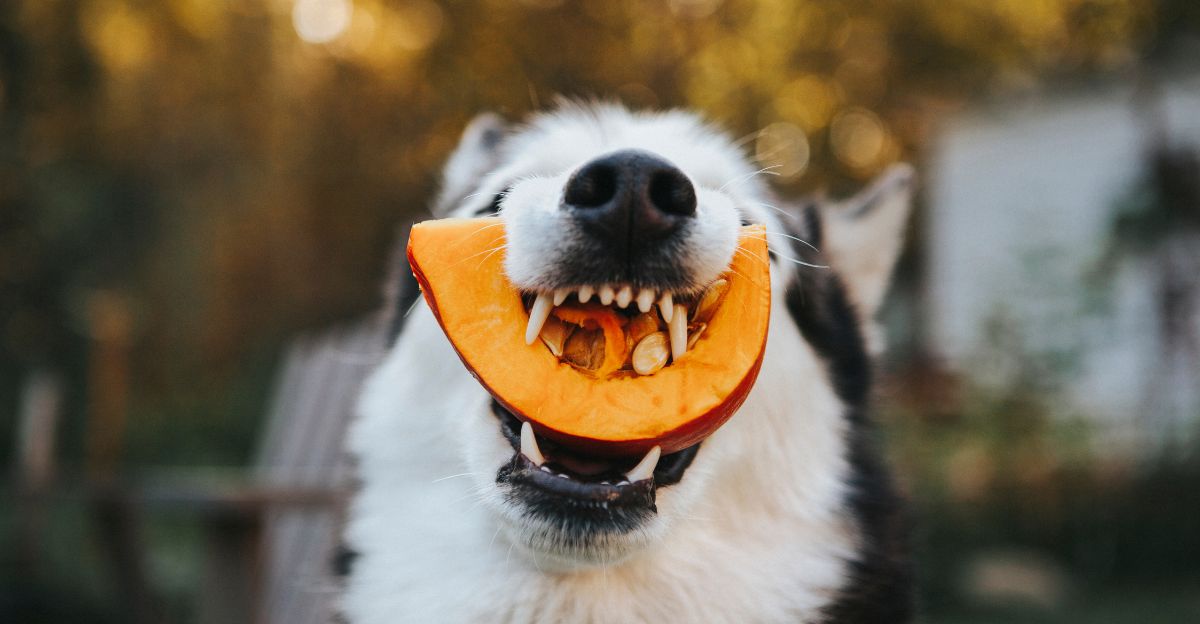
A happy dog usually doesn’t shy away from mealtime. Excited anticipation at the sight of food, eating at a steady pace, and finishing meals show a healthy appetite and a well-adjusted pup.
Veterinarians warn that dogs who suddenly lose interest in their food could be feeling unwell or stressed. Monitoring food habits helps keep physical and emotional health in check, after all, a hearty appetite often matches a happy spirit.
11. Plenty of Restful Sleep
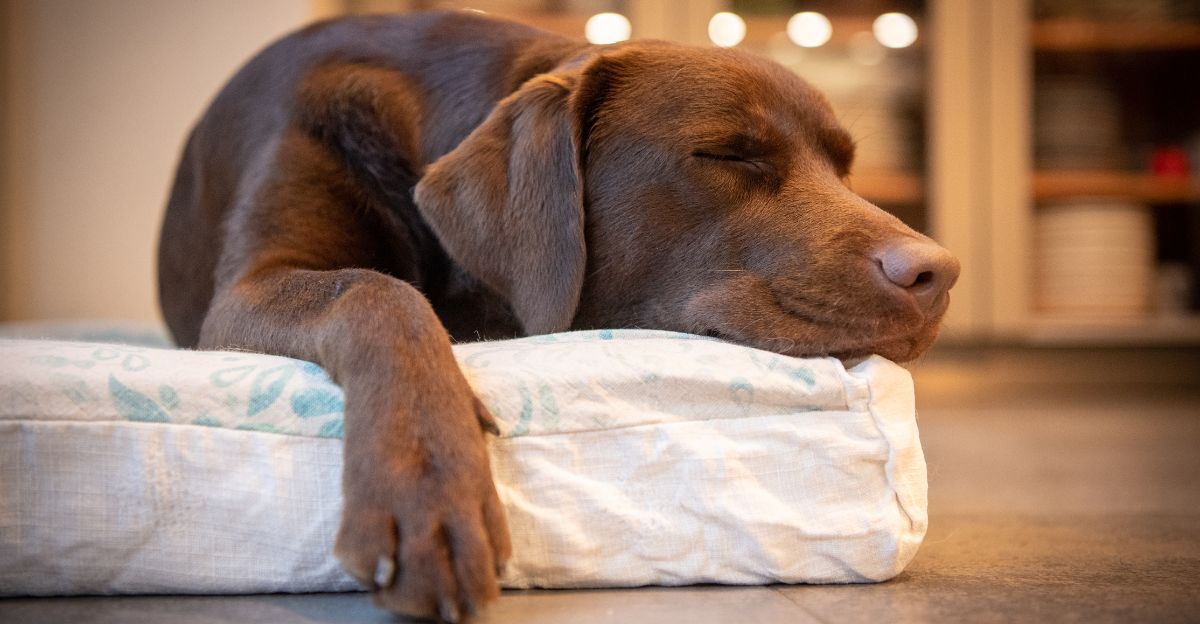
Dogs love sleep, and a happy, healthy adult dog will usually sleep between 12 and 16 hours a day. Good, restful sleep, especially when dogs can curl up near family members, is a major sign of both emotional security and physical wellness.
If a dog struggles to rest, wakes frequently, or can’t seem to settle, that may mean it’s stressed, anxious, or facing discomfort. So, those peaceful naps on the couch aren’t just adorable, they’re proof your dog feels safe.
12. Social and Friendly Demeanor
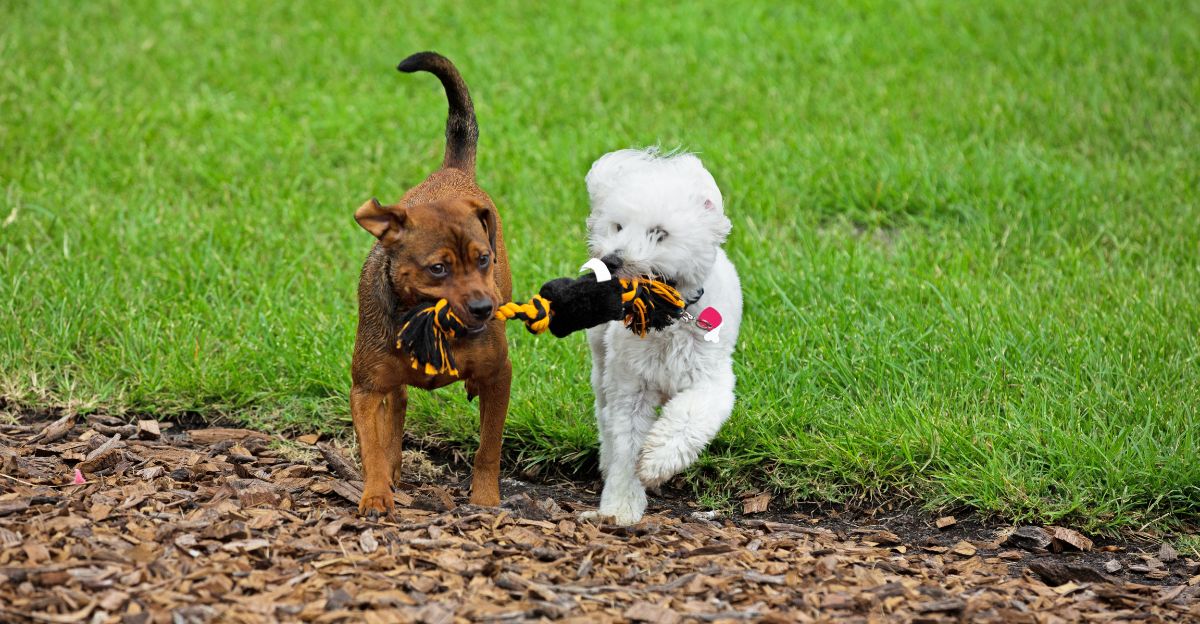
Dogs that are happy and emotionally balanced enjoy the company of people, other pets, and—even in new situations—will approach with curiosity rather than fear. You’ll see them mingling at a park, nudging for petting, or running to greet visitors. Dr. Jamie Richardson says, “Social engagement signals comfort and confidence, especially in new or stimulating environments.” Even shy dogs who feel secure around their families will share calming attention and affection, showing they trust their loved ones.
13. Seeks Petting and Contact
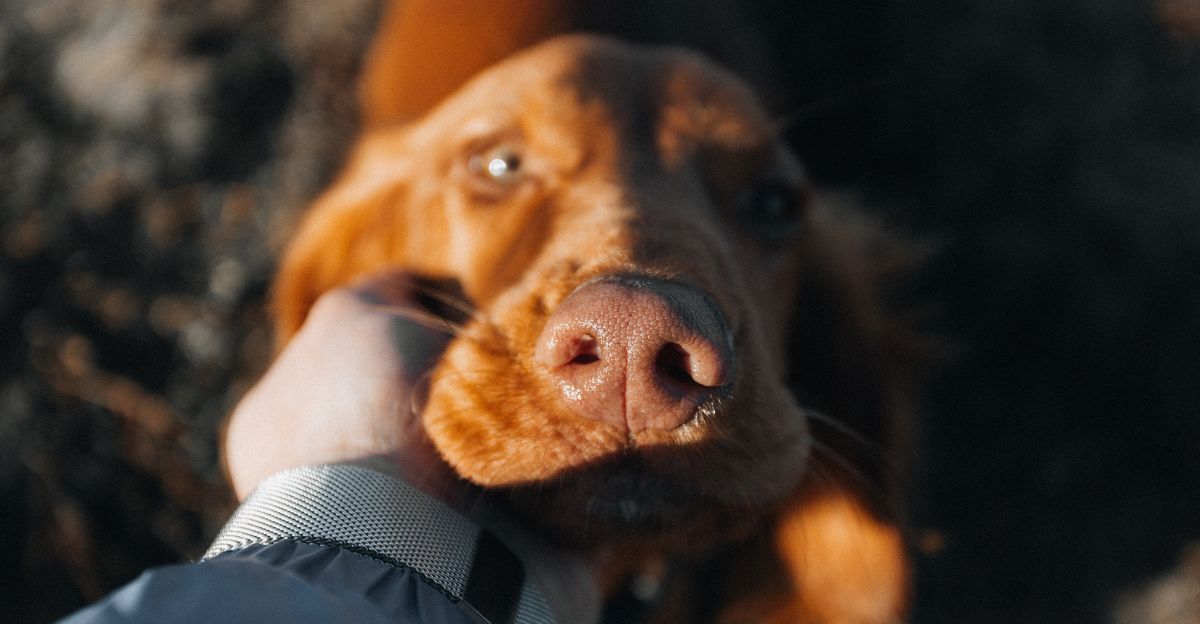
Happy dogs often look for ways to be physically close: nudging your hand, cuddling in bed, or leaning on legs and feet. These behaviors show the dog trusts and loves being around its favorite people.
When a dog gets cozy and relaxed with contact it’s a clear sign of joy and contentment. On the other hand, when a dog pulls away from contact or avoids being touched, it’s best to check for discomfort or distress.
14. Comfortable With Grooming and Care
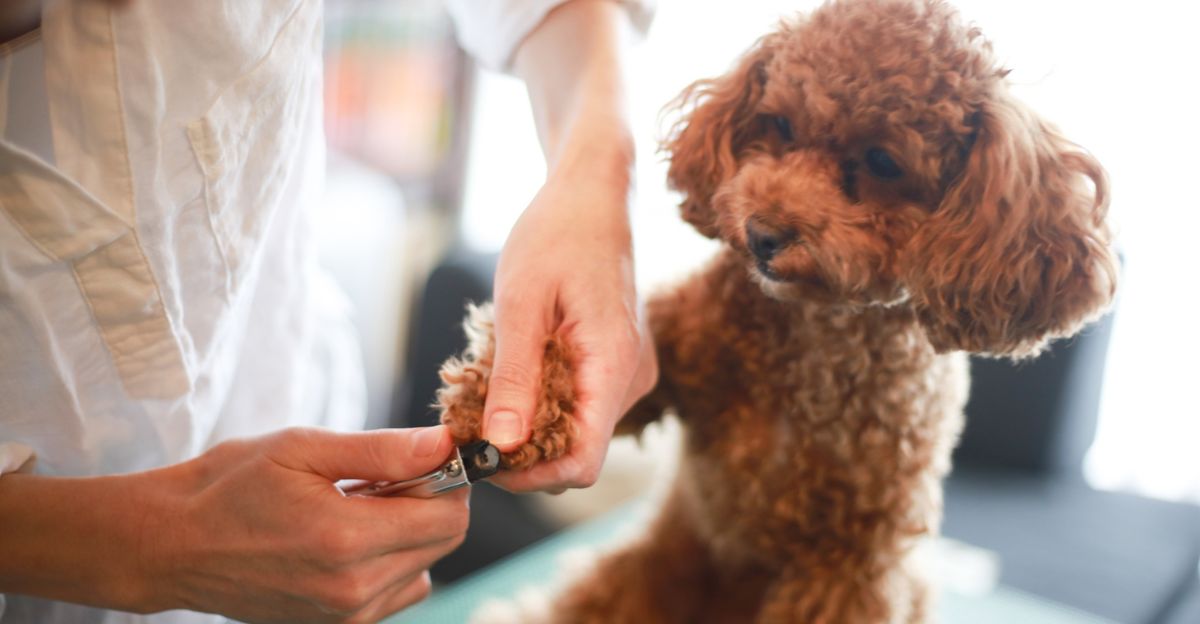
A dog that’s happy in its home will tolerate, or even enjoy, gentle grooming. Brushing, cleaning, or the occasional bath won’t cause much fuss, maybe just excited splashes!
Dogs who flinch, hide, or pull away during grooming may not feel safe or might have had negative experiences in the past. Using grooming time as a check-in helps pets stay healthy.
15. Relaxed Flopped-Outness
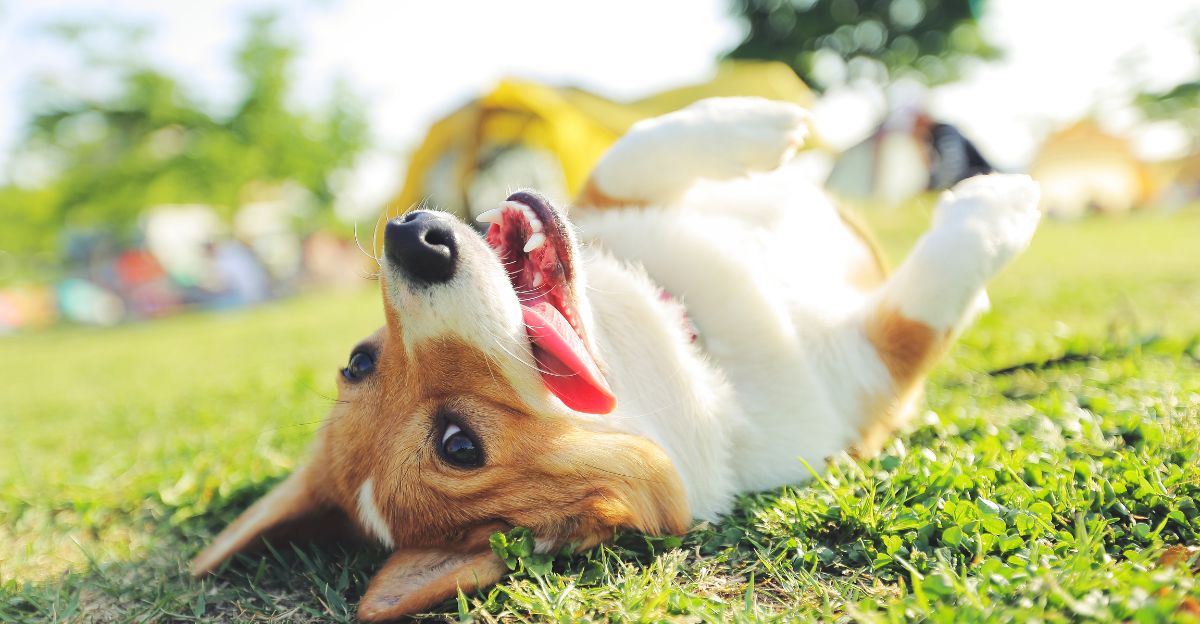
When a dog relaxes so much that it sprawls out, flops on its back, or lets its belly show to the world, it’s expressing ultimate trust. The exposed belly is a vulnerable area, so getting into this position means a dog truly feels safe and loved.
Giving a gentle rub in these moments strengthens the bond between dogs and humans even more.
16. The Zoomies!
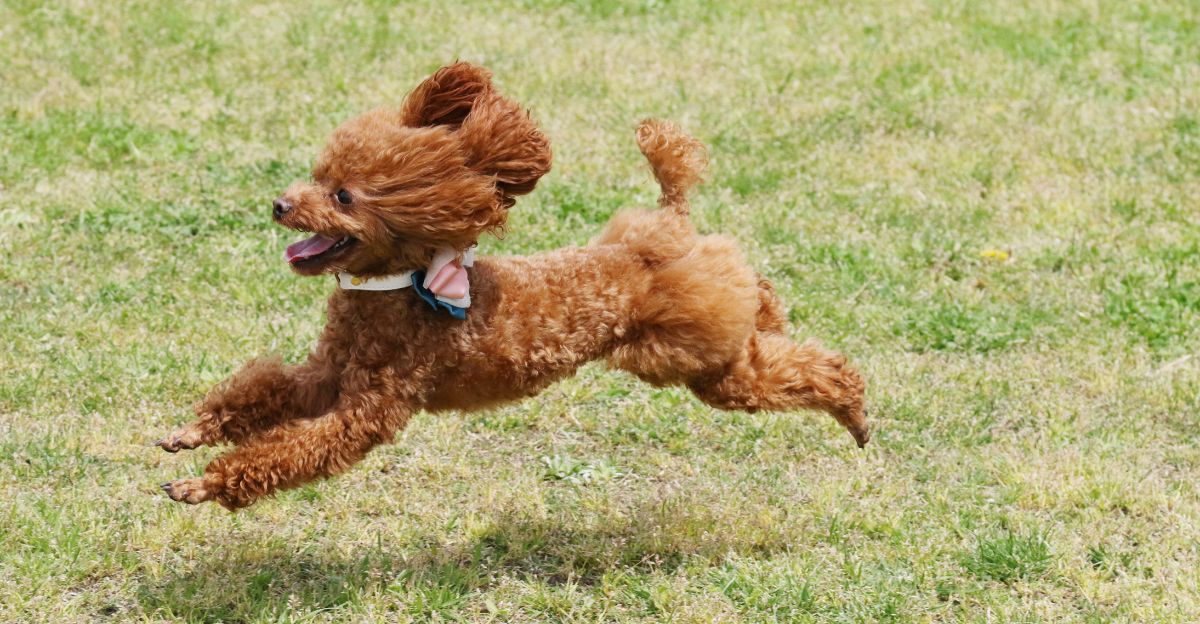
Ever seen a dog suddenly tear around the house or yard in crazy, joyful bursts of energy? Those are known as zoomies, frenetic runs that may happen after a bath, during play, or when returning home.
The zoomies don’t last long, but they’re always a sign that the dog is burning happy energy and loving its life.
17. Not Being Destructive
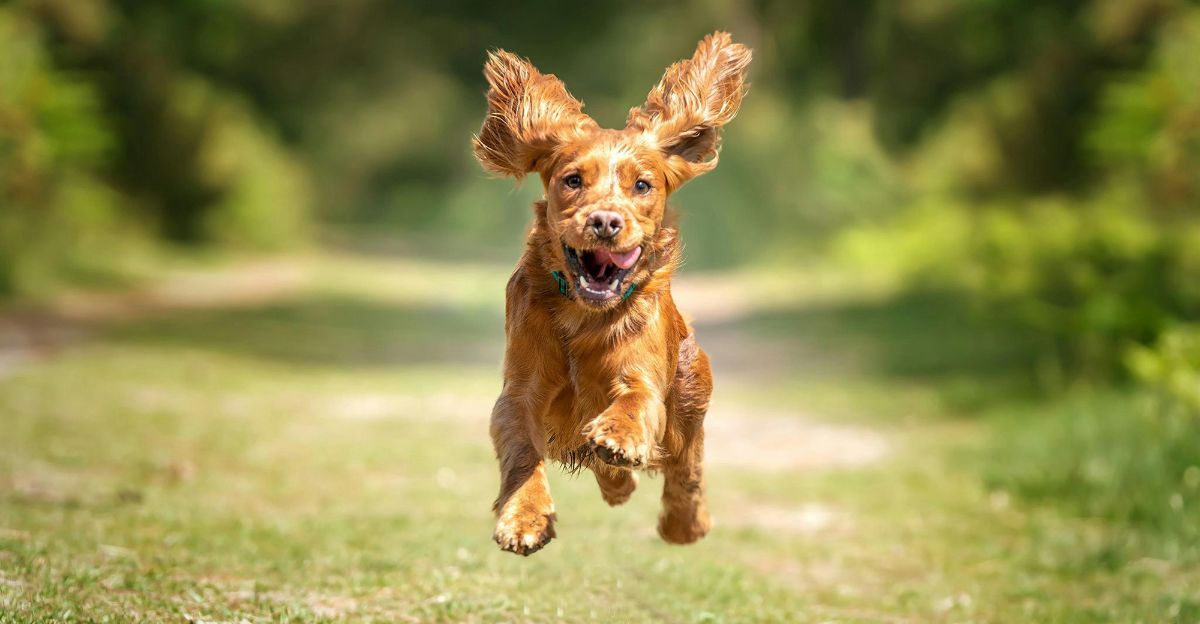
Happy, well-stimulated dogs rarely chew up furniture or become destructive at home. While puppies naturally chew as they explore, adult dogs who are bored, lonely, or anxious might turn to destructive behaviors.
If destruction increases, it’s usually time to add more play, exercise, or companionship into your dog’s routine.
18. Enthusiasm About the Environment
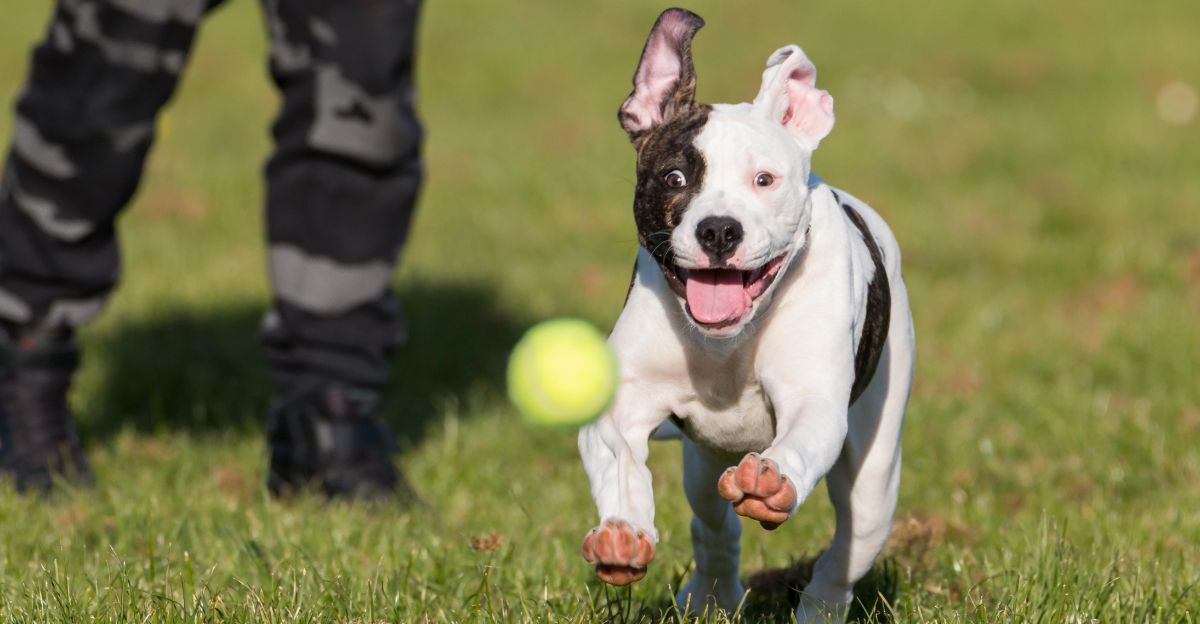
Dogs who show excitement and curiosity, sniffing new areas, tracking scents, investigating everything from leaves to new rooms, are expressing happiness and mental stimulation.
If a dog is eager to explore but stays relaxed, it’s a definite sign it feels good in its world and trusts its people.
19. Good Physical Health

A dog’s general health and happiness go hand in hand. Shiny coats, clear eyes, a healthy weight, and lots of energy are all good indicators that a dog feels both good and happy.
Regular check-ups and care ensure your pup stays in top form, both physically and emotionally.